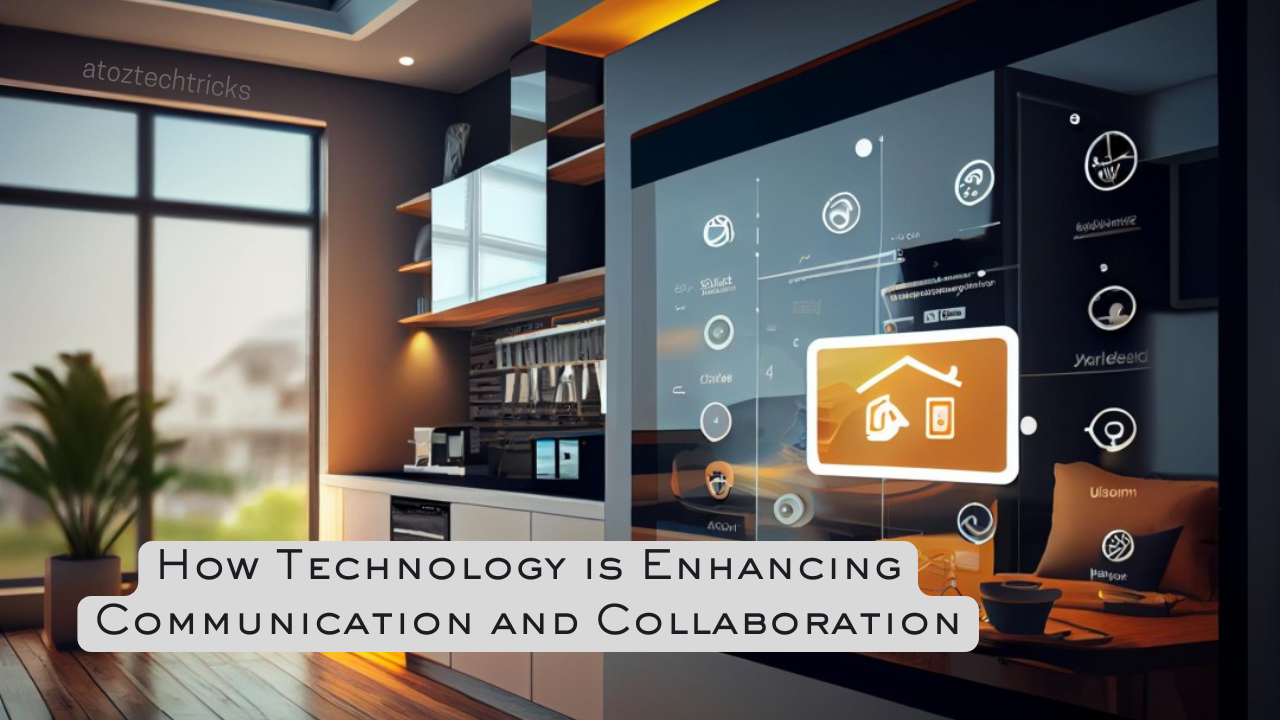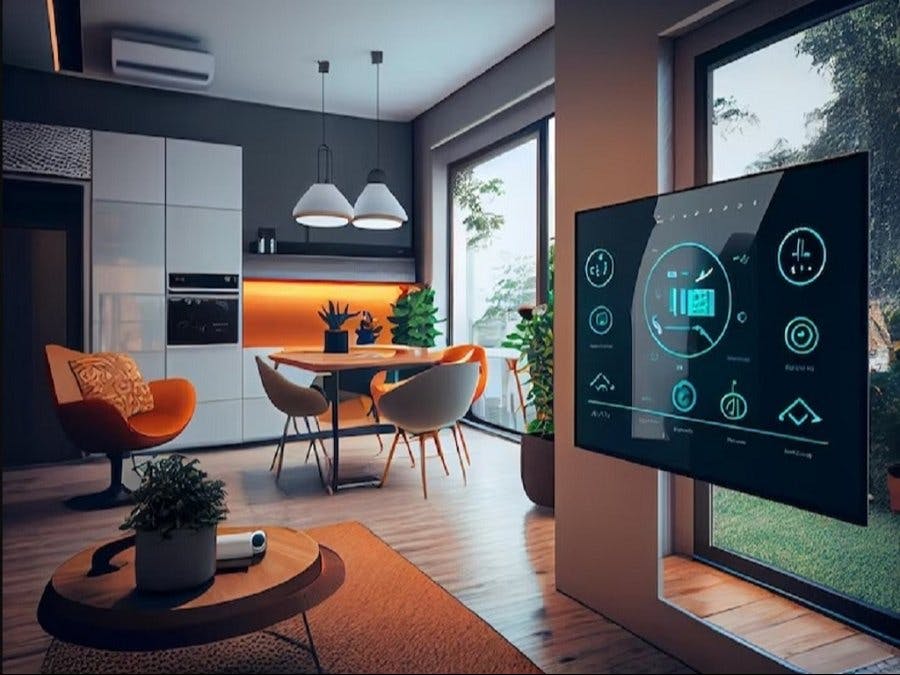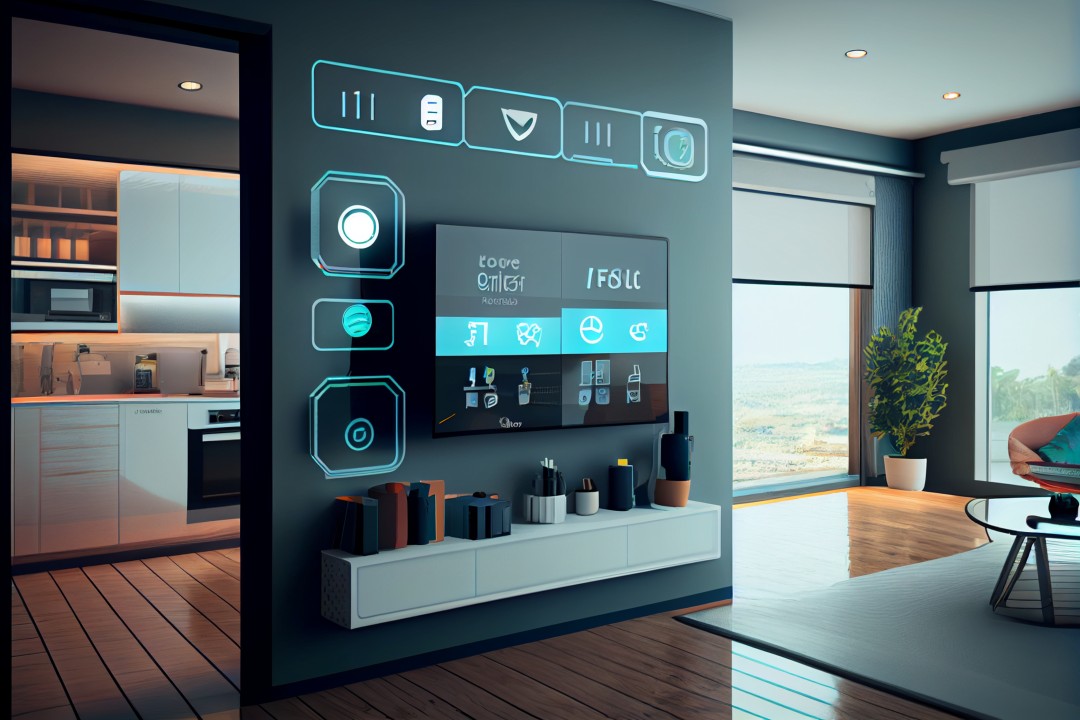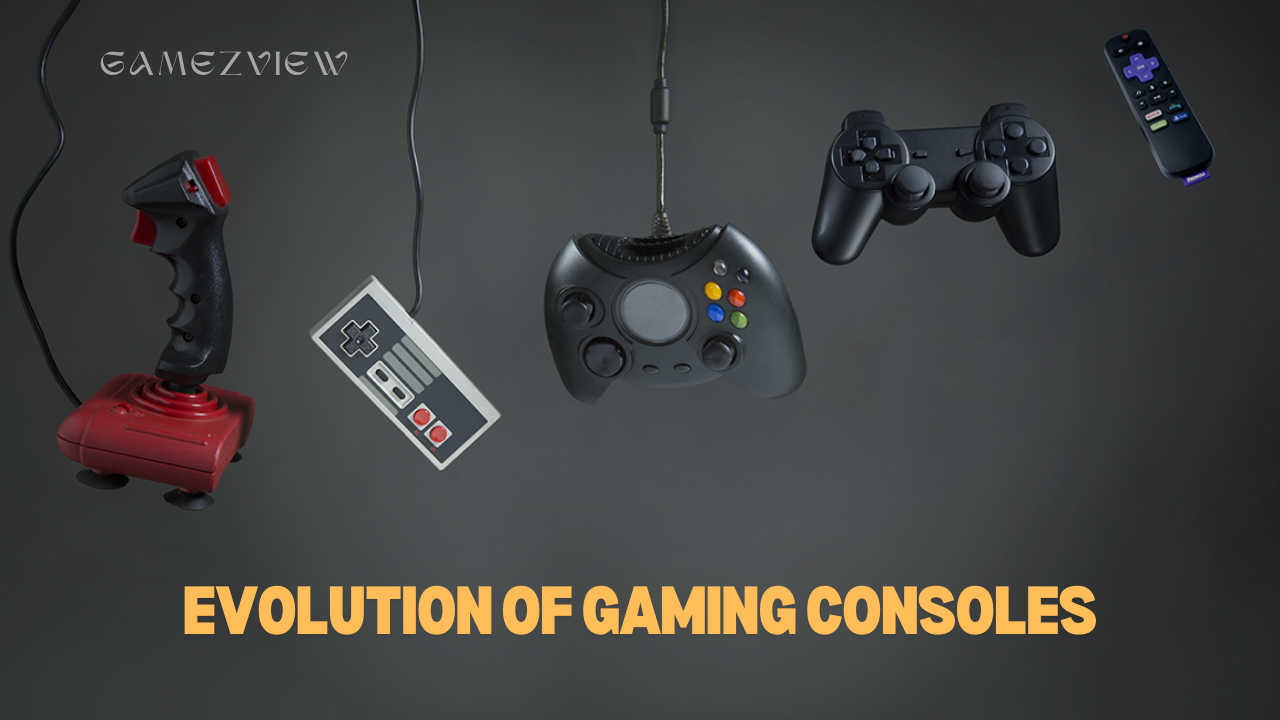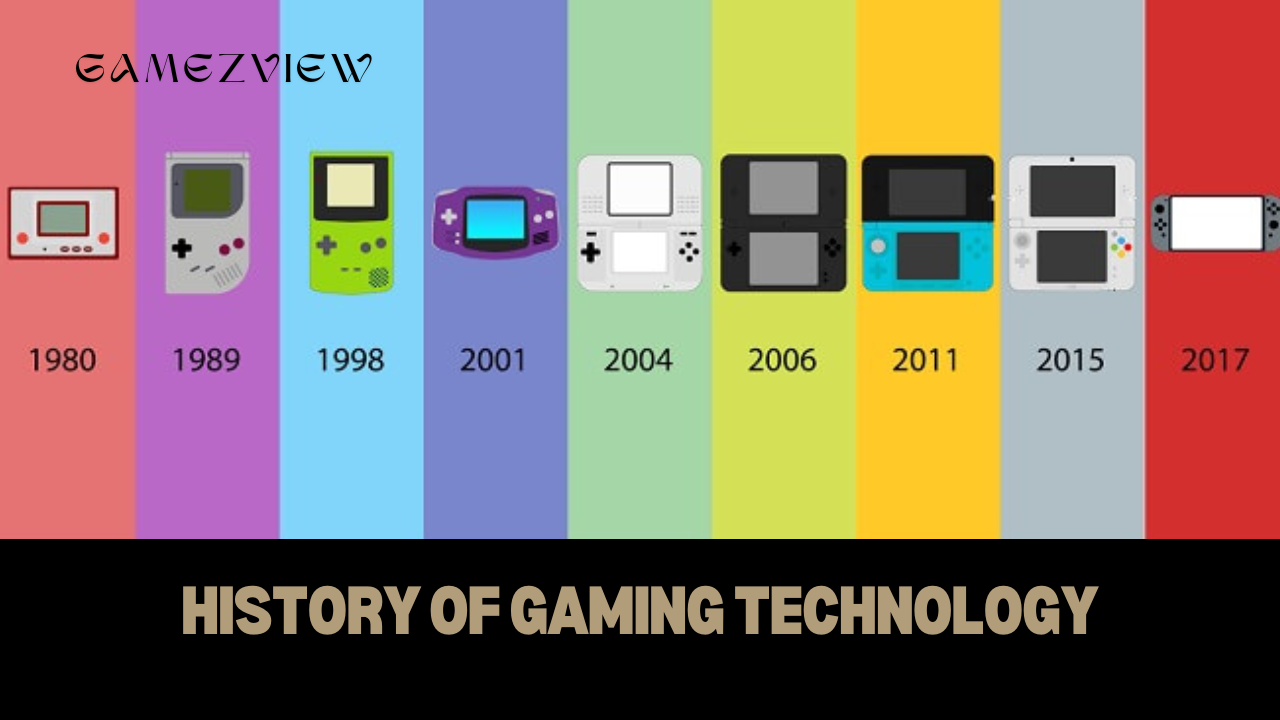In the evolving landscape of technology, smart homes have emerged as a cutting-edge solution to modern living. Smart home technology, characterized by the integration of internet-connected devices that can be controlled remotely, offers unprecedented convenience, efficiency, and security. However, the journey to adopting these technologies is fraught with both challenges and opportunities. This comprehensive guide delves into the multifaceted aspects of implementing smart home technology, exploring its potential benefits and the hurdles that homeowners may face.
Table of Contents
ToggleUnderstanding Smart Home Technology
Before diving into the challenges and opportunities, it’s essential to grasp what smart home technology entails. At its core, a smart home utilizes various interconnected devices and systems to enhance the functionality and efficiency of a home. These devices, often controlled through a central hub or smartphone app, can include:
- Smart Lighting: Automated lighting systems that adjust based on time, occupancy, or user preferences.
- Smart Thermostats: Devices that optimize heating and cooling based on usage patterns and preferences.
- Smart Security Systems: Surveillance cameras, alarms, and locks that can be monitored and controlled remotely.
- Smart Appliances: Kitchen gadgets, washers, and dryers that offer remote control and enhanced functionality.
- Voice Assistants: Devices like Amazon Alexa or Google Assistant that can control other smart devices and provide information.
Opportunities in Smart Home Technology
1. Enhanced Convenience
One of the most significant benefits of smart home technology is the convenience it offers. Imagine waking up to a home that has already adjusted its temperature, brewed your coffee, and turned on the lights—all without you lifting a finger. Smart home devices can automate routine tasks, creating a more comfortable and seamless living experience.
- Automation: Devices can be programmed to perform tasks automatically. For instance, lights can be set to turn on at sunset, or the thermostat can adjust based on the weather forecast.
- Remote Control: Homeowners can control devices from anywhere using a smartphone app, which is particularly useful for managing appliances, security systems, and climate controls while away from home.
2. Energy Efficiency
Smart home technology can significantly contribute to energy savings. By optimizing the use of energy through smart devices, homeowners can reduce their utility bills and minimize their environmental footprint.
- Smart Thermostats: These devices learn your schedule and preferences, adjusting heating and cooling to reduce energy consumption when you are not at home.
- Smart Lighting: Automated lighting systems can ensure that lights are only on when needed, and smart bulbs can be dimmed or turned off remotely.
3. Improved Security
Home security is enhanced through the integration of smart devices, providing homeowners with real-time monitoring and control over their property.
- Surveillance Cameras: Smart security cameras offer live streaming and recording capabilities, accessible from any location.
- Smart Locks: These can be controlled remotely, allowing homeowners to grant access to trusted individuals even when they are not at home.
4. Increased Home Value
The integration of smart home technology can increase the market value of a property. As technology becomes more prevalent, prospective buyers are increasingly looking for homes with modern, efficient features.
- Attractive Features: Homes equipped with smart devices often stand out in the real estate market, potentially leading to quicker sales and higher offers.
- Future-Proofing: Smart technology is seen as an investment in the future, making homes more appealing to tech-savvy buyers.
Challenges in Implementing Smart Home Technology
1. High Initial Costs
One of the most significant barriers to adopting smart home technology is the initial cost. While prices for smart devices have been decreasing, setting up a comprehensive smart home system can still be expensive.
- Device Costs: High-quality smart devices can be pricey, and outfitting an entire home with these devices requires a substantial investment.
- Installation Costs: Professional installation may be necessary for some systems, adding to the overall expense.
2. Compatibility Issues
With the proliferation of smart home devices from various manufacturers, compatibility can become a significant issue. Not all devices work seamlessly together, which can complicate the setup and functionality of a smart home system.
- Fragmented Ecosystems: Different manufacturers often use proprietary technologies, leading to fragmented ecosystems where devices from one brand may not work well with those from another.
- Integration Challenges: Ensuring that all devices can communicate and function together often requires a compatible hub or platform, which can add complexity to the setup.
3. Privacy and Security Concerns
Smart home devices collect and transmit data, which raises concerns about privacy and security. Unauthorized access to these devices can lead to significant risks.
- Data Vulnerability: Smart devices can be susceptible to hacking, potentially exposing sensitive information about the home and its occupants.
- Privacy Risks: Devices that monitor and record activities may inadvertently invade personal privacy if not properly secured.
4. Technical Complexity
The technical complexity of smart home systems can be daunting for some users. Setting up and managing a network of interconnected devices requires a certain level of technical knowledge.
- Setup Difficulties: Configuring devices, integrating them into a cohesive system, and troubleshooting issues can be challenging for those who are not tech-savvy.
- Maintenance: Regular updates and maintenance are required to ensure that devices continue to function correctly and securely.
5. Interoperability with Older Systems
For homeowners with existing non-smart systems, integrating new smart technology can be problematic. Older systems may not be compatible with modern smart devices, necessitating upgrades or replacements.
- Upgrading Costs: Replacing or upgrading older systems to work with smart technology can be costly and time-consuming.
- Compatibility Solutions: Some solutions may require additional adapters or converters, adding to the complexity of the installation.

Strategies for Successful Implementation
To overcome these challenges and take full advantage of the opportunities presented by smart home technology, homeowners can adopt several strategies:
1. Start Small and Scale Up
Rather than attempting to implement a comprehensive smart home system all at once, start with a few key devices. This approach allows homeowners to become familiar with the technology and gradually expand their system as they become more comfortable.
- Pilot Projects: Begin with a single category of devices, such as smart lighting or a smart thermostat, and evaluate the benefits before adding more devices.
- Modular Expansion: Gradually add new devices to the system, ensuring compatibility and ease of integration.
2. Research and Choose Compatible Devices
Thorough research is essential when selecting smart home devices to ensure compatibility and functionality.
- Brand Ecosystems: Choose devices from manufacturers that offer compatible products or are part of a unified ecosystem.
- Reviews and Recommendations: Read user reviews and seek recommendations to identify reliable and well-supported devices.
3. Invest in Professional Installation and Support
For more complex systems, consider investing in professional installation and support services. This can ensure that the system is set up correctly and functions as intended.
- Certified Installers: Hire certified professionals who specialize in smart home technology for installation and troubleshooting.
- Ongoing Support: Look for services that offer ongoing support and maintenance to address any issues that arise.
4. Prioritize Security and Privacy
To mitigate privacy and security risks, take proactive measures to secure smart home devices and networks.
- Secure Networks: Use strong, unique passwords for Wi-Fi and device accounts, and enable two-factor authentication where possible.
- Regular Updates: Keep device firmware and software up to date to protect against vulnerabilities and security threats.
5. Educate and Train Users
Provide education and training for all household members to ensure that everyone can effectively use and manage the smart home system.
- User Guides: Create or obtain user guides and instructional materials for the devices in use.
- Training Sessions: Conduct training sessions to familiarize users with the system’s features and functionality.
Exploring the Ethical Implications of Artificial Intelligence
Future Prospects
Looking ahead, the future of smart home technology promises even more advanced and integrated solutions. As technology continues to evolve, we can expect to see:
- Enhanced AI Integration: Greater use of artificial intelligence to provide more personalized and intuitive home automation.
- Improved Interoperability: Efforts to standardize protocols and enhance compatibility across different devices and ecosystems.
- Sustainable Solutions: Innovations focused on energy efficiency and sustainability to further reduce environmental impact.
Implementing smart home technology offers significant opportunities for enhanced convenience, energy efficiency, security, and increased home value. However, the challenges of high initial costs, compatibility issues, privacy concerns, technical complexity, and interoperability with older systems cannot be overlooked. By adopting strategies such as starting small, choosing compatible devices, investing in professional support, prioritizing security, and educating users, homeowners can navigate these challenges and fully realize the benefits of smart home technology. As advancements continue to emerge, the potential for smart homes to revolutionize modern living remains boundless, promising a future where technology seamlessly integrates into every aspect of daily life.
